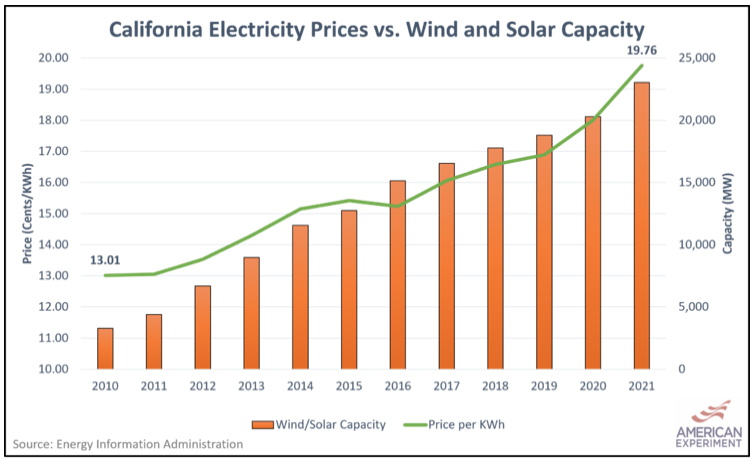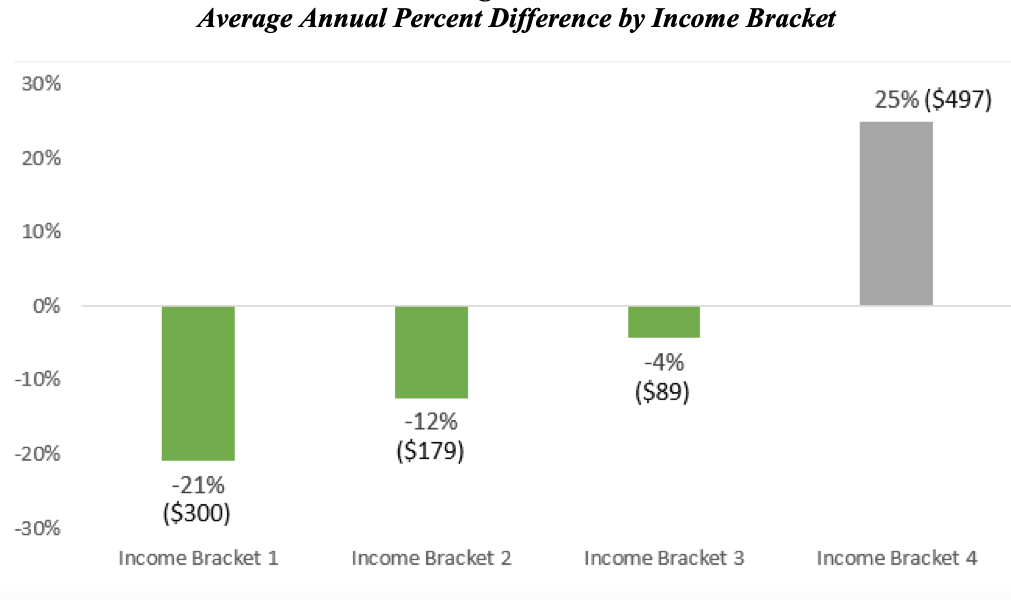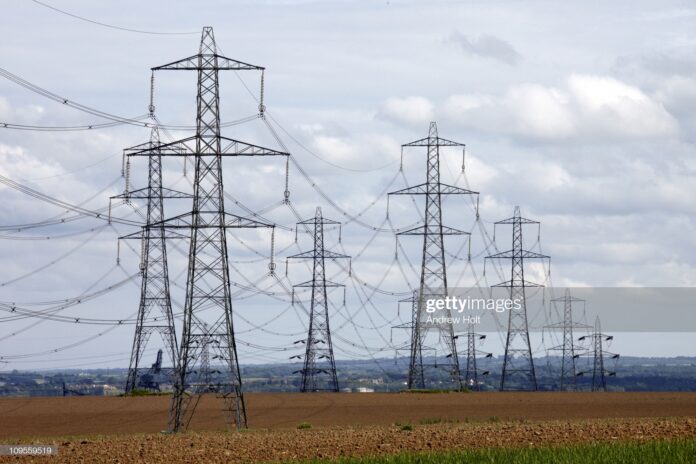California’s latest tax-the-rich scheme of charging electric customers based on their income subsidizes the rich and undercuts energy efficiency investments.
by Ronald Bailey

Center of the American Experiment
The average cost of electricity to residential customers in California is now $0.27 per kilowatt-hour (kWh). The U.S. average is around $0.16 per kWh. The state’s three big private utilities are proposing to the California Public Utilities Commission to add Income Graduated Fixed Charges (IGFCs) to all of their residential rate schedules. The idea is to pay for the various fixed costs, including those associated with connecting customers to their grids, billing, and meter reading. In addition, they want the fixed fee to cover “the costs of wildfire mitigation and vegetation management, reliability improvements, safety and risk management distribution costs, ongoing distribution operations and maintenance, many regulatory balancing accounts, and various programs and policy mandates through its distribution rates.”

The four income brackets for families of four are divvied up as follows: (1) less than $28,000, (2) $28,000 to $69,000, (3) $69,000 to $180,000, and (4) $180,000 or more. The acronyms CARE and FERA refer to programs that already offer electric power rates discounted by 30 percent to 35 percent and 18 percent, respectively, to lower-income families.
So let’s do some rough calculations using the proposed San Diego Gas & Electric rates. First, the average non-CARE monthly electric bill is $156 per month, adding up to $1,872 annually. Under the new scheme, electricity rates would drop from $0.47 to $0.27 per kWh, amounting to a rate cut of about 42 percent. For the lowest income bracket, this would mean that their expense for power consumption would drop to $1,085 annually. Adding $288 in fixed fees cuts their bill to $1,373, a drop of nearly $500 per year.
Let’s now assume that higher-income customers use 50 percent more electricity so that their bill averages $234 per month, totaling $2,808 annually. Applying the 42 percent rate cut would mean the amount they pay for the electricity they use would fall to $1,629 annually. However, their monthly fixed fee of $128 adds up to $1,536 annually. This yields a total annual bill of $3,165, or an increase of $30 per month.
Perversely, if a high-income residential customer’s monthly electric bill is $400 per month, that is, $4,800 annually, the fixed fee scheme ends up lowering their power bills. The new lower rates mean that the expense for their electricity use drops to $2,784. Adding the $1,536 fixed fee brings the new bill’s total to $4,320 annually, an annual reduction of nearly $500 for such a high-income customer.

Still, the utilities calculate that the cost of the new fixed rates would be largely borne by the 19 percent of California households earning more than $180,000 per year.
The power companies argue that the lower per kWh rates will encourage people to further electrify their homes and switch to electric vehicles. This would help to address the problem of climate change that is associated with the atmospheric increase of greenhouse gases emitted from the burning of fossil fuels like natural gas.
However, under the current rate structure, prices escalate as customers use more electricity, thus strongly encouraging residents to conserve. In fact, California ranks number 50 out of 51 U.S. jurisdictions in residential energy consumption. The lower flat rate per kWh under the new proposal will significantly reduce the incentive for customers to conserve energy, thus hampering the state government’s goal of cutting greenhouse gas emissions. Furthermore, the rising demand for electricity will stress the state’s already shaky power grid even more, possibly resulting in more brownouts and blackouts.
In addition, the value of the investments in energy efficiency already made by millions of Californians will be undercut. For example, consider a high income customer who has put in better insulation, bought energy-sparing appliances, or even installed a solar energy system and thereby cut his monthly electric bill to $50 per month. His cost for electricity is now $600 annually. The 42 percent cut in his rates lowers that to $348 per year, but the total fixed fee is $1,536. That results in more than tripling his bill to $1,884 annually.*
One further consideration: How would power companies keep track of the incomes of their customers? The utility companies want the state government to supply them with that information. But transferring and protecting such information would be a bureaucratic nightmare fraught with significant privacy concerns.
As a final note, California’s confiscatory tax rates are driving many high-income residents out of the state. This new income-based fixed electricity rates proposal will add to that impetus since it largely functions as just another tax aimed at already fed up high-income earners.
*CORRECTION: The original version of this piece miscalculated the annual cost of electricity in this hypothetical case and the ultimate consequences for his bill.
For more Budget & Tax News.
For more Environment & Climate News.











